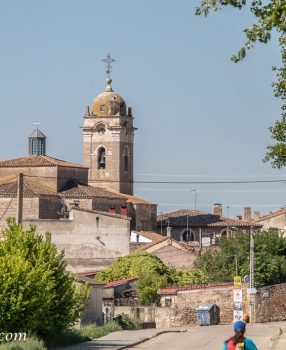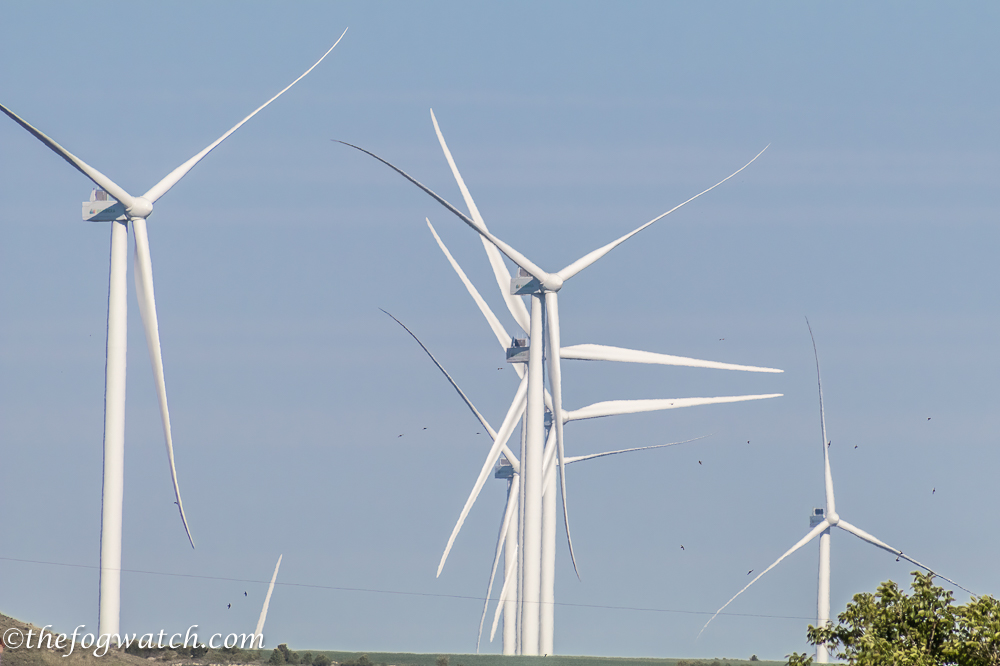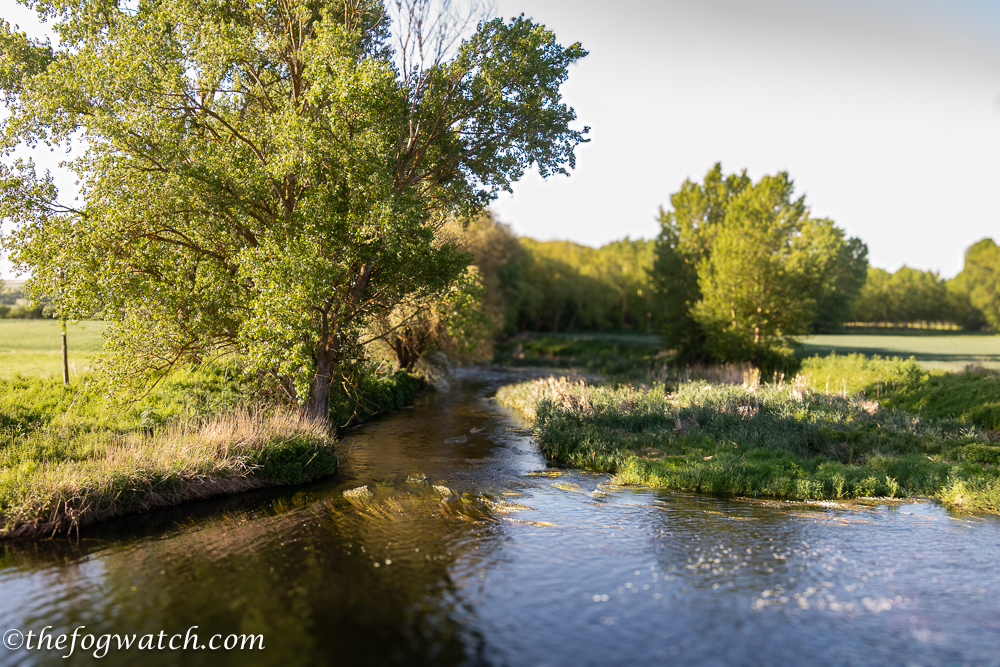Heading for Rabe de Calzada, and facing a 31°C forecast, we decided to leave Burgos early to set out on the Meseta. We passed the sculpture pond with a modernist stylised ‘Stone Boat’. It depicts St James’ journey back to the Iberian peninsula following his martyrdom.
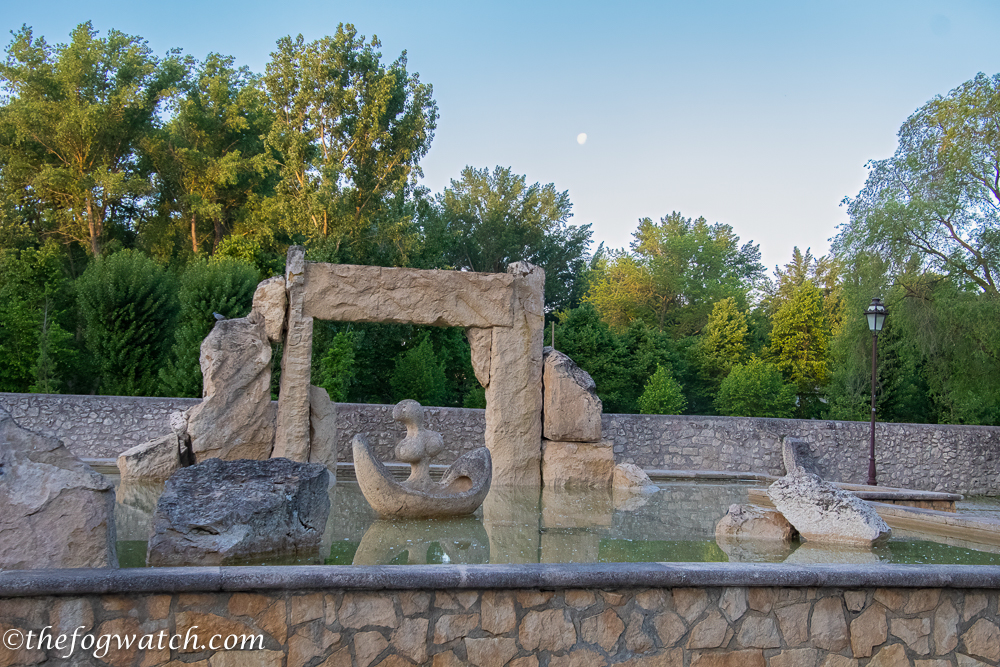
The track was good and well-made and we walked among shady trees and past tranquil streams.
The poppies were out in their profusion — I could see why they symbolise and evoke the memories of our brave troops who died fighting fascism on the fields of Europe and around the world.
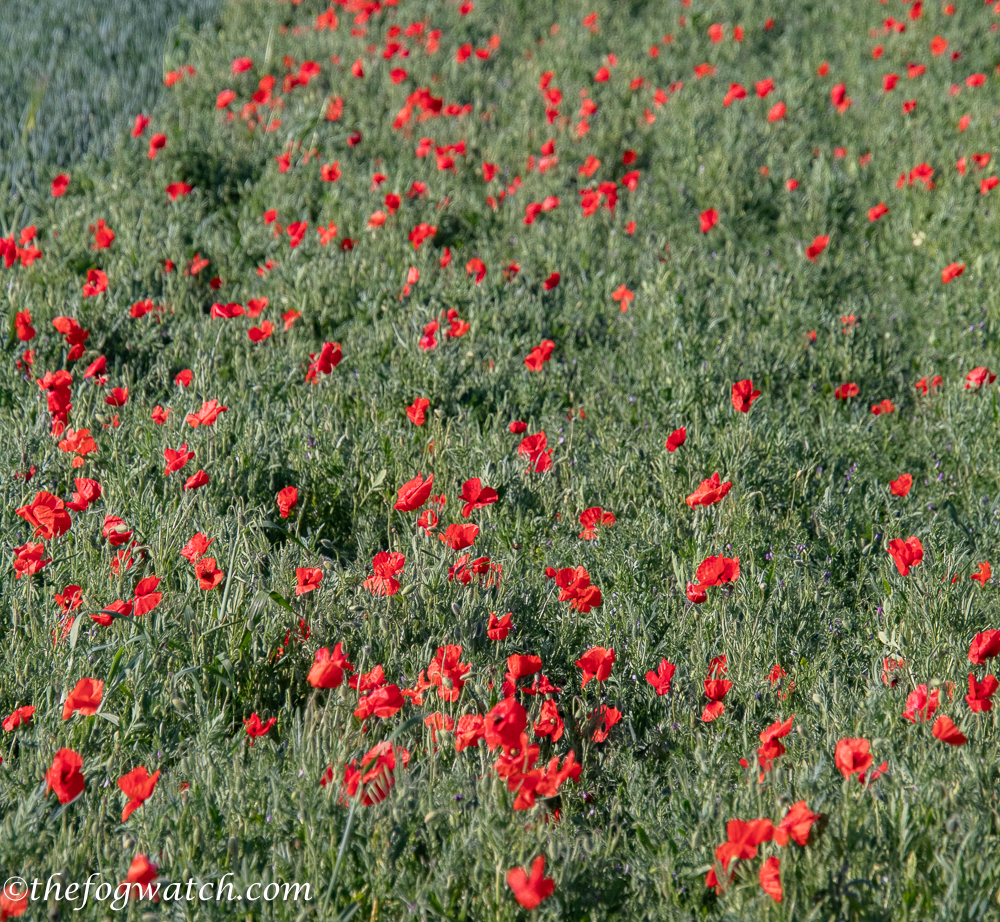
A falcon flew overhead, scanning the ground around us in case we had startled a small animal into the open, ready to become breakfast for their last shadow, descending from above.
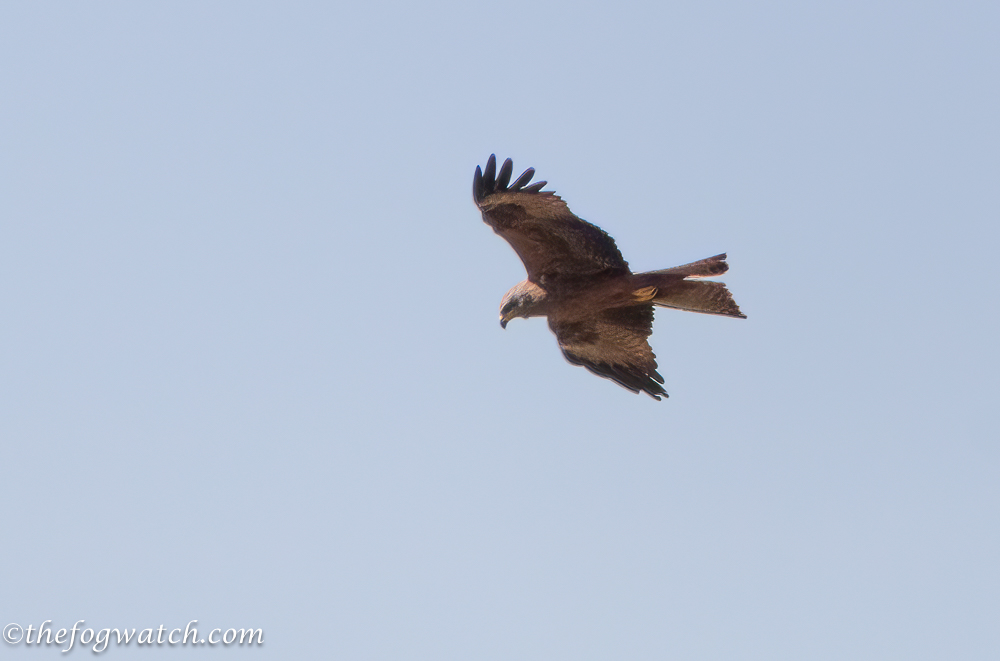
We talked with a couple from Melbourne, Alice and James, which passed the time so that we barely noticed the 11.7km we walked to Tardajos.
We walked for a while beside a freeway, before the signs guided us via an exit and then over a bridge across the freeway. Beneath the bridge lay a huge stylised Camino shell motif.
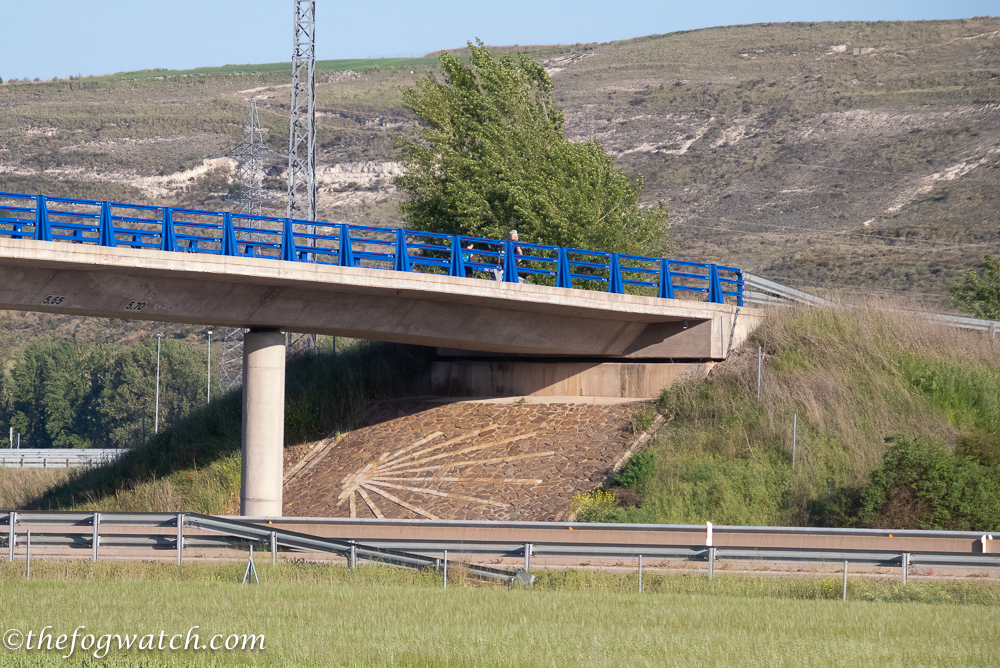
Passing under a major road through a graffiti-covered culvert, I saw a piece that got me thinking: “Caminante. No hay camino, se hace camino al andar” which loosely translates as: ‘Camino. There is no Way, the Way is made by walking.
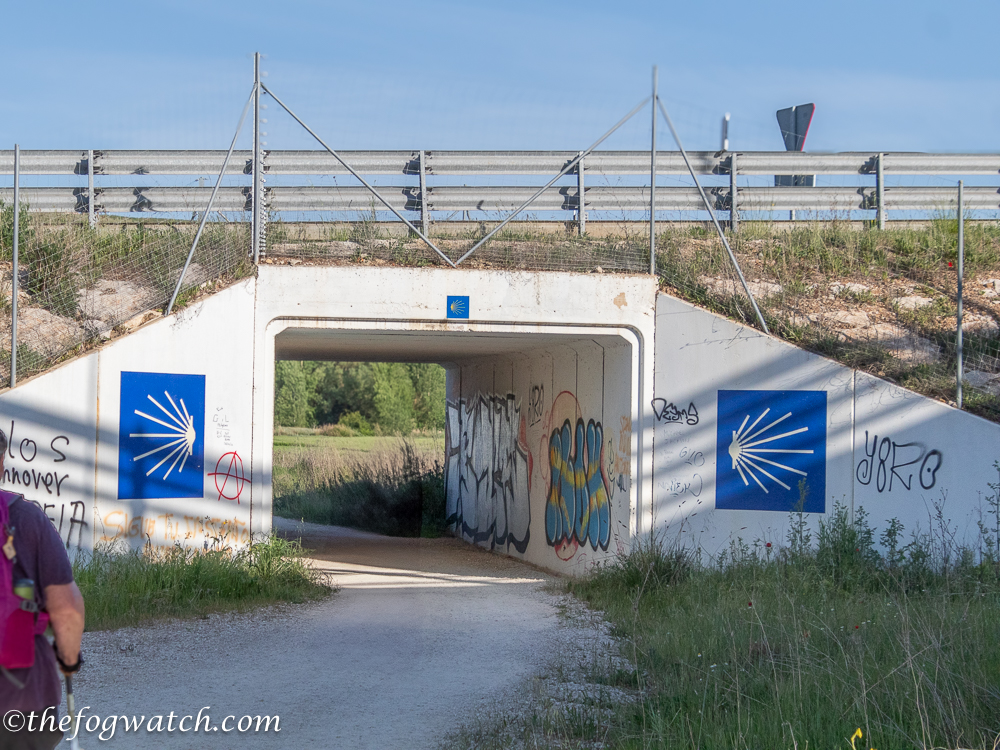
The Way is made by walking, as we, too are made by ‘walking’. We build our lives by experiencing it in all its richness, diversity, and tragedy. The trials we have faced and overcome, the joys we have shared, the connections we have made, however fleetingly, with others — these make us who we are, and who we are in the process of becoming. The Camino, too, is a process, not something on a to-do list. It is a thousand-year-old story that we are writing step-by-step into ourselves. We listened to cuckoos.
We passed majestic windmills and watched as many birds flew around and between the slowly rotating blades, daring each other, the way Spanish teenagers dared each other to jump off the medieval bridges into the river below.
Today, Tardajos is a small agricultural village on the edge of the Meseta, but it was not always so. As you pass the C18th cross, a marker to guide pilgrims on their journey. The Codex Calixintus mentions the town — the C12th pilgrim guide to the route. And even then, the town was over a thousand years old. Once known as Augustóbriga (The Roman municipality of Augustus) the town stands at the site of an important Roman junction where the east-west Via Traiana meets the north-south road that connected Clunia with Julióbriga on the Cantabrian coast. It was a prosperous provincial market town, in Roman times, with remnants of a Roman villa recently discovered in the hills behind.
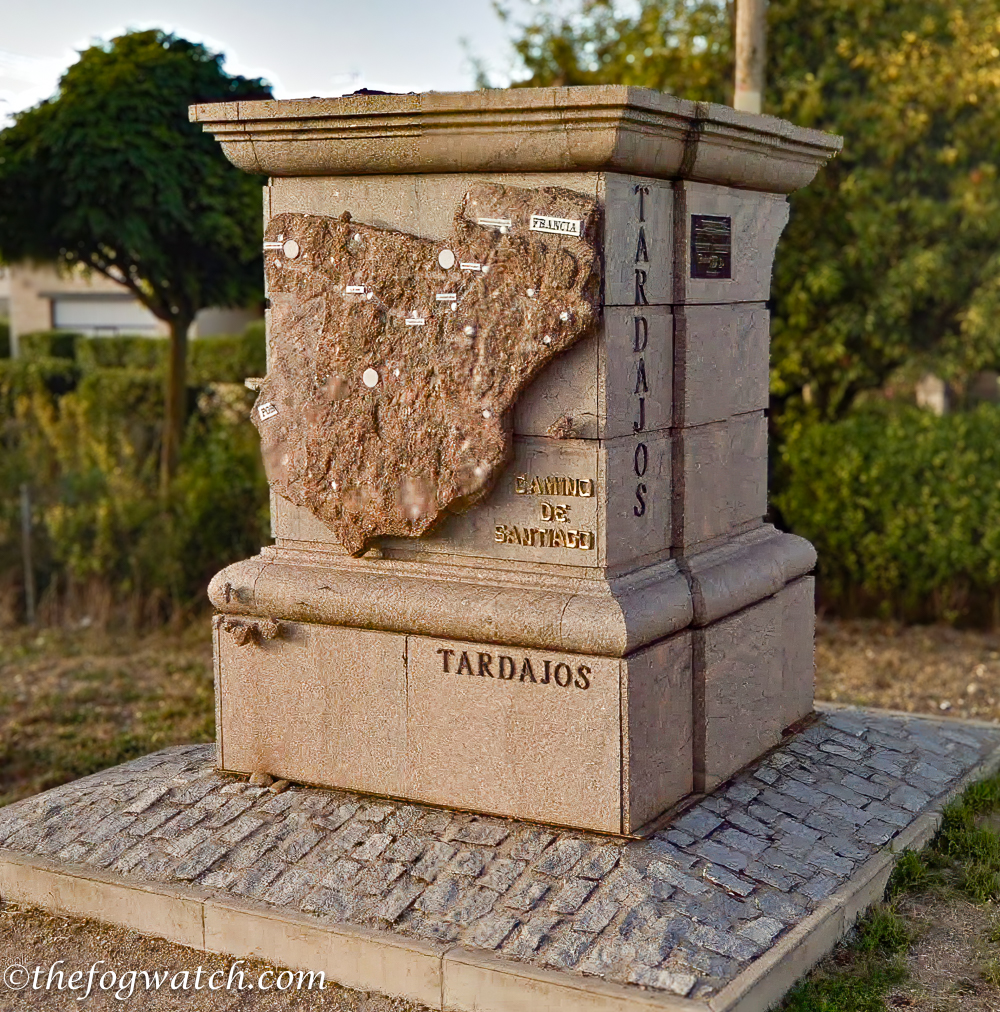
On the nearby hill, you can see how the upper part is artificially shaped to provide the ramparts of a Celtiberian Iron-age castro or hill enclosure. In medieval times it held a signal tower to warn of the approach of Moorish invaders.
Just as we pilgrims walk essentially the east-west Roman trade route, so too, the Moors used the North-south Roman roads to assist their conquest of the Iberian peninsula from the south. The town was therefore also valuable in the Reconquista — the castle forming part of the defensive perimeter against the Moslem-held region to the south.
In medieval times, Tardajos had two localities, a walled centre containing a church and a newer quarter outside the walls. By 929 CE the town grew large enough to have three churches, the oldest one being destroyed by lightning in 1783. St Francis of Assisi stayed at the hospice attached to the church of La Magdelena, during his pilgrimage to Santiago.
The monastery church of Santa Maria was begun in the C13th, but completed in the C16th. St Theresa also stopped here in 1582.
Perched on a spire, the statue of the Virgin — Santa Maria — watched impassively as a bird flew several orbits around before flying off on urgent bird business.
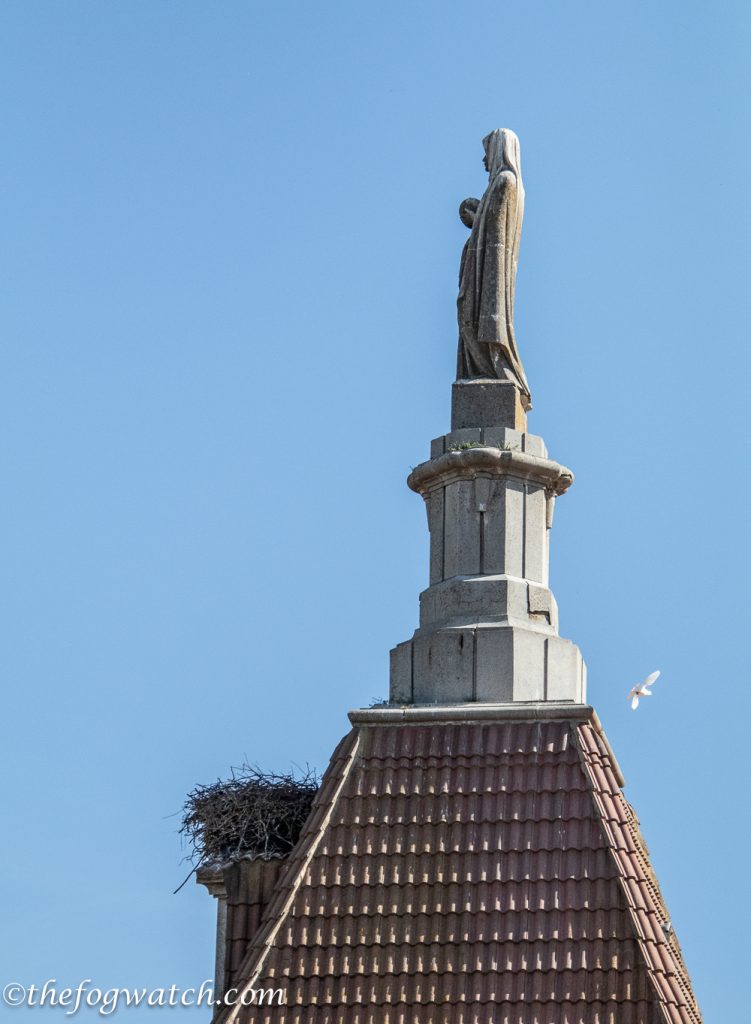
The ground is pretty flat from here to Rabe de Calzada and in medieval times was mostly swamp land. You can see how early pilgrims would have used the Roman roads where available. They were built on firm foundations and still shed water off to the sides effectively, even in the Spring rains. But by medieval times the road here was little more than a bog when it rained.
Only two kilometres past Tardajos, lies Rabe de Calzada. Descending a hill, the town slowly came into view. The domed church spire was moss-ridden, and a stork surveyed the scene below from its massive nest. I wondered if the church bells defended them as they rang in greeting our arrival. A group of local teenagers glanced up at us and went back to their conversation once the bells had stopped.
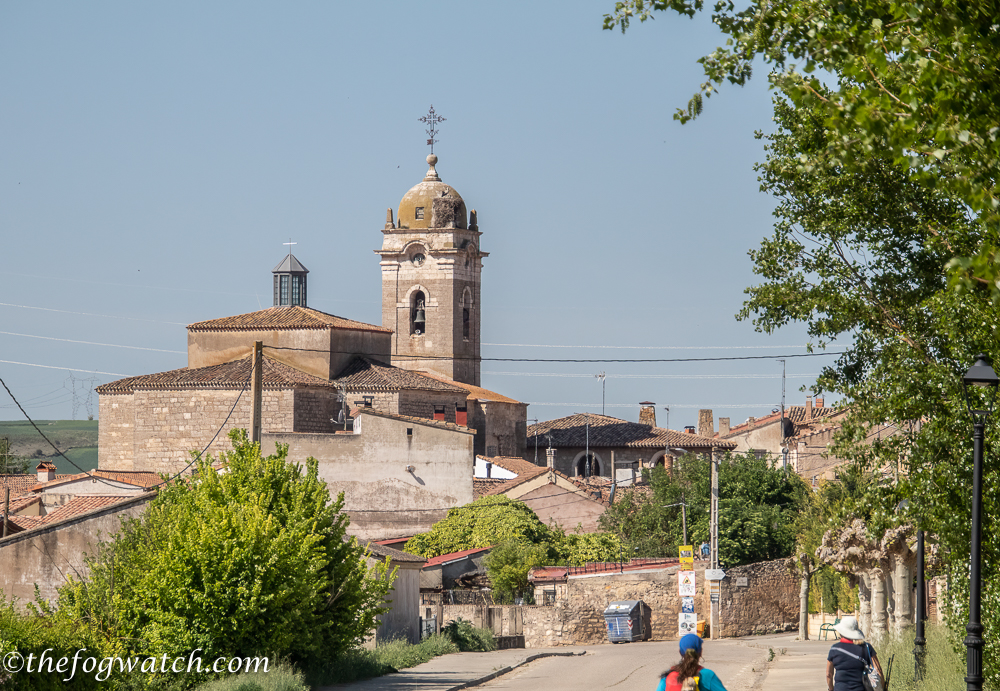
We switched on the maps app to locate our accommodation. Of course, it was way up the hill on the outskirts of the town. And when we found it, we had to call the host to come and let us in. Graciously, they drove up and let us in. The Apartment B Hotel, was not actually a hotel at all, but an apartment. It at least had a lift as well as a washing machine and an airconditioner. And we had the apartment to ourselves. There was no wifi, nor food, so we walked down to the bar La Fuenta for lunch. Then we headed back to do the usual washing etc.
I was attending to the washing, when I heard a loud shriek. I rushed to the bathroom and found Sharon wrestling with a writhing shower wand. There’s no problem with water pressure in this place! We both had a good laugh afterwards over a glass of wine. We had dinner at the bar before climbing the hill once again to our accommodation.
Together, we started the day in a major city, found inspiration in some culvert graffiti, before making our way through a Roman crossroads and spent our first evening at Rabe de Calzada on the Meseta. And so to sleep.

